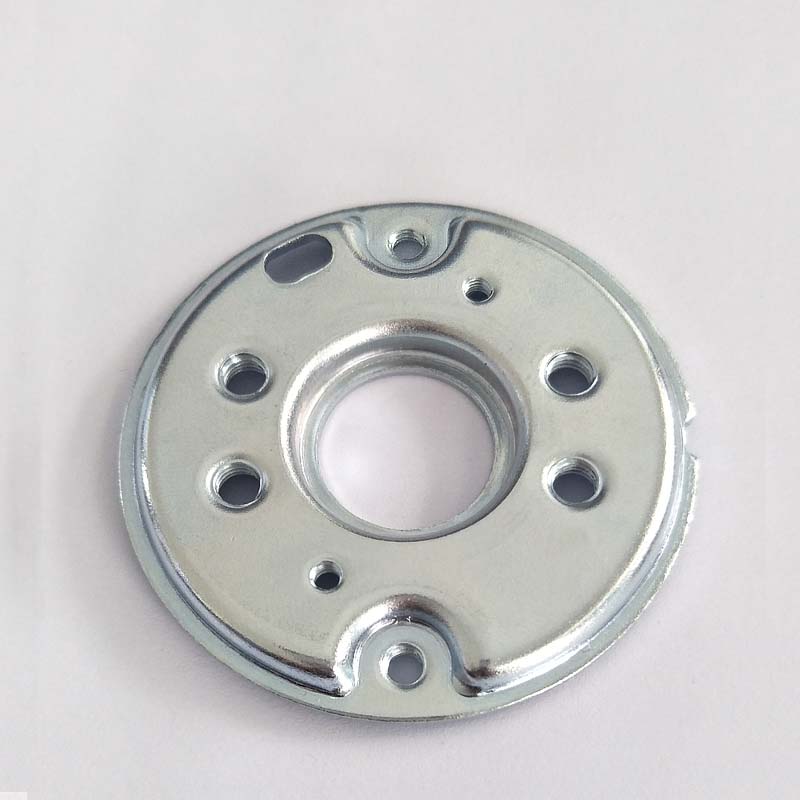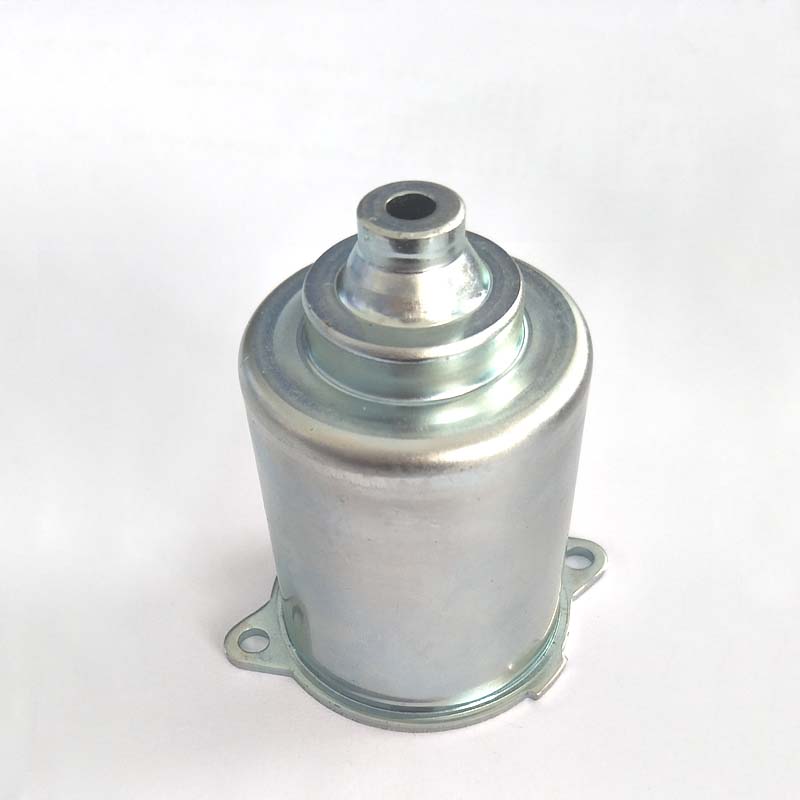Industry information
Hebei Jimery Auto Parts Co., Ltd. Mainly engaged in the production and sales of metal stamping parts, molds, auto parts, motor parts, injection parts.Hebei Jimeirui Auto Parts Co., Ltd. Office is located in the petrochemical base and the northern important land and sea transportation hub Cangzhou, Dazhou Road, Wenmiao Town, Botou City, Cangzhou City, Hebei Province, on May 18, 2015 The bureau was established with a registered capital of 3 million yuan. During the four years of the company's growth, we have always provided customers with good products and technical support, and sound after-sales service...
Mailbox: hebeijimeirui@163.com
Contact: Manager Xiao 0317-8296999
Industry News
Your Location:首页>>News Center>>Industry informationMold structure of automobile mold
The bumper mold adopts internal fractal structure design. Compared with the traditional outer fractal structure design, the inner fractal design has higher requirements on the mold structure and mold strength, and is more complicated. Correspondingly, the design concept of the bumper mold produced by the mold of the inner fractal structure is more advanced.
Automotive tire mold classification
1: The movable mold is composed of a pattern ring, a mold sleeve, and upper and lower side plates.
The movable mold distinguishes between the cone-shaped guide movable mold and the inclined plane guide movable mold
2: The two mold halves are composed of the upper mold and the lower mold.
Automobile tire mold processing technology
Take flexible mold as an example
1: Cast or forged the rough according to the tire mold drawing, and then rough the rough and heat-treated. The tire mold blank is annealed to eliminate internal stress and should be laid flat during annealing to avoid excessive deformation.
2: Make lifting holes according to the drawings, and then process the outer diameter and height of the pattern ring in place according to the semi-precision car drawings. Use the semi-precision car program to carve the inner cavity of the pattern ring.
3: Use the processed tire mold pattern electrode to shape the pattern in the pattern circle by EDM, and use the model to inspect.
4: Divide the pattern circle into several parts according to the requirements of the manufacturer, draw the marking lines separately, put it into the tooling, punch the back waist hole and tap.
5: According to the equal parts divided in step 8, cut at the scribe line.
6: According to the requirements of the drawings, the cut pattern blocks should be polished, angled, rooted, and vented.
7: Sandblast the interior of the pattern block cavity uniformly, requiring consistent color.
8: Combine the pattern ring, mold sleeve and upper and lower side plates to complete the tire mold.
There are many ways to classify plastic molds, and they can be divided into the following categories according to the different methods of forming plastic parts:
· Injection mould
Injection mold is also called injection mold. The characteristic of the molding process of this mold is that the plastic raw materials are placed in the heating barrel of the injection machine. The plastic is melted by heat, driven by the screw or plunger of the injection machine, enters the mold cavity through the nozzle and the casting system of the mold, and the plastic is formed by heat preservation, pressure holding, cooling and solidification in the mold cavity. Because the heating and pressing device can function in stages, injection molding can not only form plastic parts with complex shapes, but also have high production efficiency and good quality. Therefore, injection molding occupies a large proportion in the molding of plastic parts, and injection molds account for more than half of plastic molding molds. The injection machine is mainly used for the molding of thermoplastics, and in recent years it has also been gradually used for the molding of thermosetting plastics.
· Compression mold
Compression molds are also called pressing molds or rubber molds. The molding process of this mold is characterized by adding plastic raw materials directly into the open mold cavity and then closing the mold. After the plastic is molten under the action of heat and pressure, the cavity is filled with pressure. At this time, the molecular structure of the plastic produces a chemical cross-linking reaction, which gradually hardens and sets. Compression molds are mostly used for thermosetting plastics, and most of the molded plastic parts are used in the shell of electrical switches and daily necessities.
· Transfer mode
The transfer mold is also called compression injection molding or extrusion molding. The molding process of this mold is characterized by adding plastic raw materials into the preheated charging chamber, and then applying pressure to the plastic raw materials in the charging chamber from the pressure column. The plastic melts under high temperature and high pressure and enters the cavity through the mold pouring system, Chemical crosslinking occurs and gradually solidifies. The transfer molding process is mostly used for thermosetting plastics, which can form plastic parts with relatively complicated shapes.
· Extrusion die
The extrusion die is also called extruder head. This mold can continuously produce plastics with the same cross-sectional shape, such as plastic pipes, rods, sheets, etc. The device for heating and pressurizing the extruder is the same as the device for the injection machine. The molten plastic passes through the machine head to form continuous molded plastic parts, and the production efficiency is particularly high.
In addition to the plastic molds listed above, there are vacuum forming molds, compressed air molds, blow molding molds, and low-foam plastic molds.
Links:
Technical Support:Hotspot marketing

 中文
中文 English
English Company news
Company news Technical Information
Technical Information Industry News
Industry News Public notice
Public notice